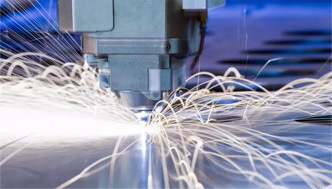It has been exactly ten days since I returned from Shenzhen in the southern part of China, where people can still wear T-shirts, to the ancient city of Xi'an with its chilly winds. Today, I'm taking the high-speed rail again for a trip. However, the journey is quite short this time, and my destination is Zhengzhou, a blessed land in the Central Plains where the "World Sensor Congress" is going to be held. It is the territory of Boss Ren of Henan Hanwei Technology Group Corporation and the treasured land of Secretary General Zhang Tao of Henan Internet of Things Association.
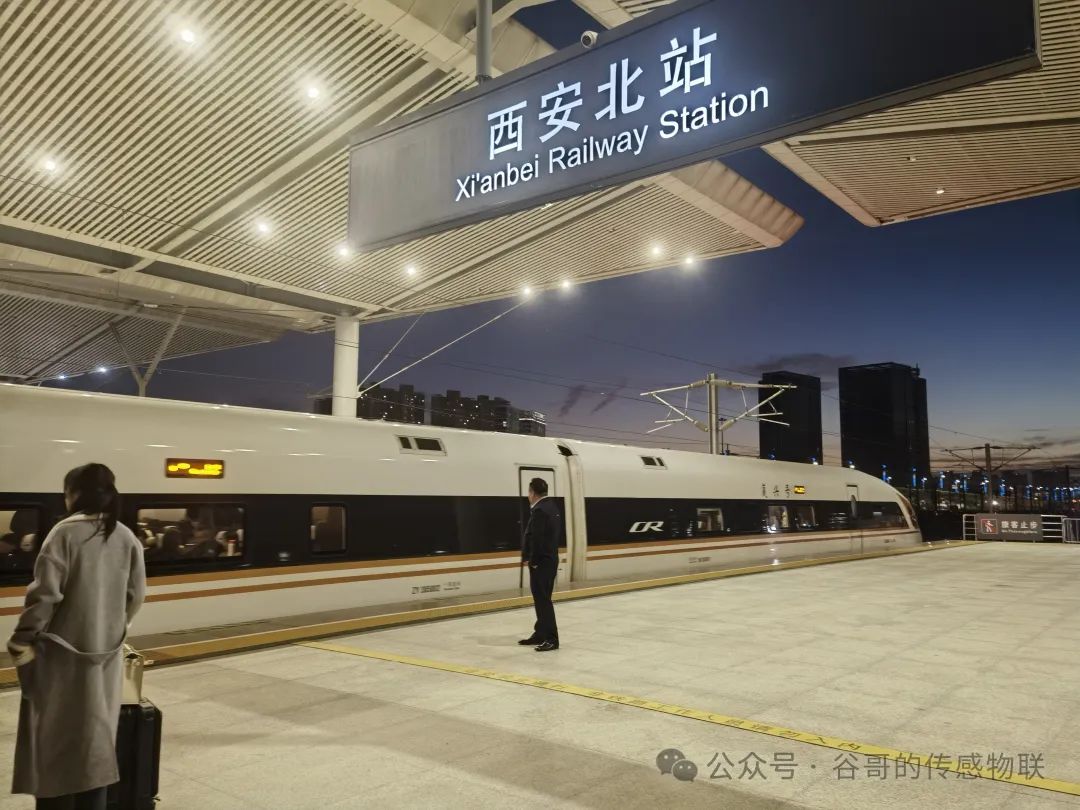
In today's China, it seems like the whole world. Early this month, there was the "World Internet of Things Congress" in Wuxi, followed by the "World Internet Conference" in Wuzhen, and the "World Sensor Congress" in Zhengzhou the day after tomorrow. China is like the world. I hope that China will have an impact on the world, but it must be in a genuine way. This world must include Western countries, not just other countries except the major Western ones.
Now, let's get back to the topic and have a casual talk about sensors. Recently, I saw an article titled "The Only Choice for MEMS to Replace Traditional Sensors" on a WeChat official account in the south called **Expert Network. Many netizens have also been forwarding it. Gu thinks that it has the suspicion of misleading those who are new to the sensor field or investors. Unable to hold back, I'd like to say a few words.
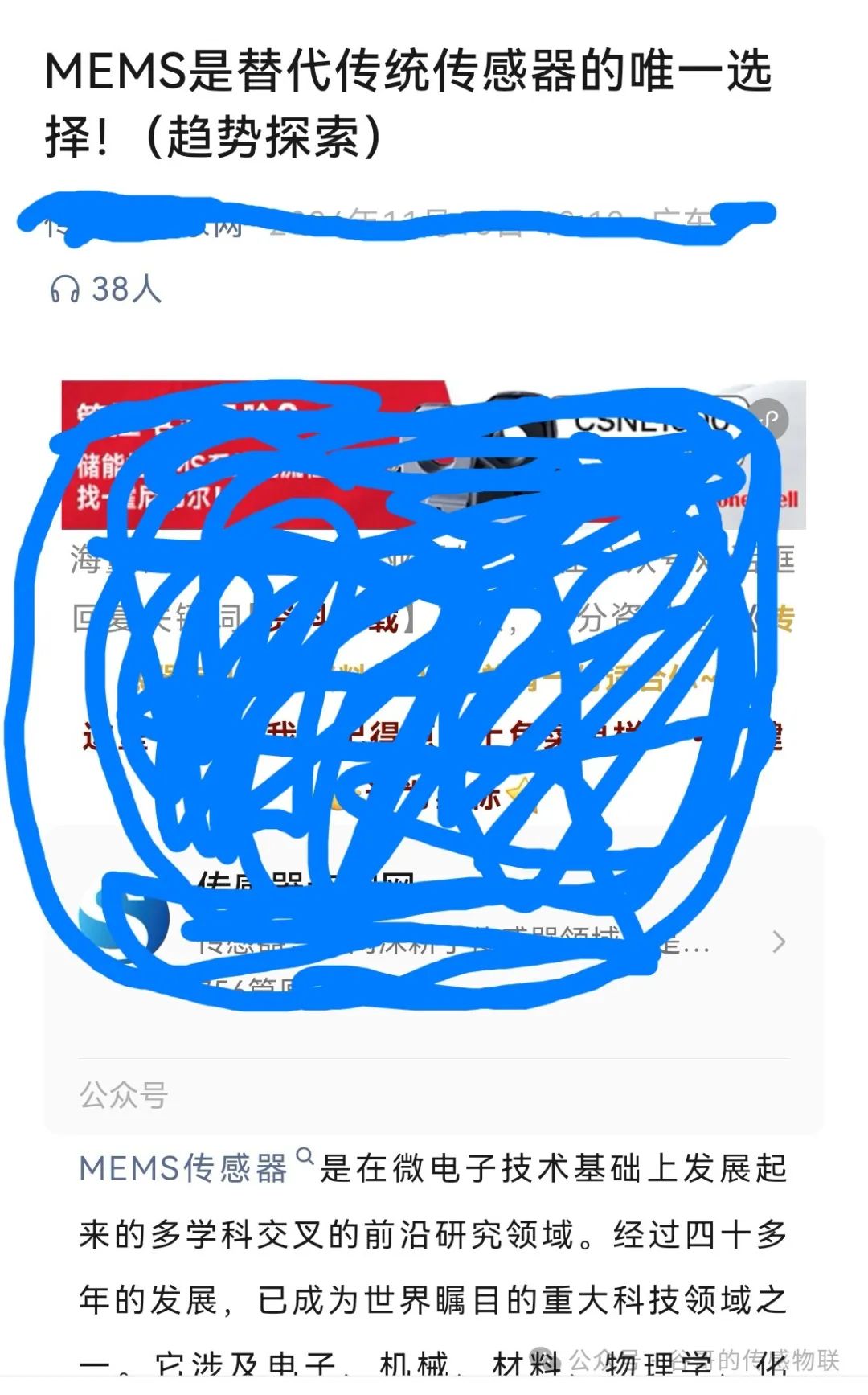
Professional people may all be aware of MEMS technology. Since its invention in the 1980s, it has developed at an astonishing speed, especially in the field of mass-produced consumer goods. Of course, it also includes automobiles and household medical devices. The first large-scale application case of MEMS in the industry was the MAP series of pressure sensors of Motorola Corporation in the United States, which were successfully applied in the automotive field. Subsequently, miniature sensors such as acceleration sensors and gyroscopes were invented using MEMS.
However, more than 40 years have passed, and MEMS pressure sensors still cannot replace high-precision capacitive pressure sensors; capacitive pressure sensors with a small measurement range; pressure sensors using sputtered thin-film technology above 100 Mpa; ceramic piezoresistive pressure sensors; piezoelectric pressure sensors; sapphire pressure sensors; nor pressure sensors with an operating temperature below minus 60 degrees Celsius.
They cannot replace high-power static and dynamic torque sensors; almost all displacement sensors; current, voltage, and electric power sensors; most optical sensors are not based on MEMS technology either; most magnetic sensors are also not MEMS-based. The above are just some of the physical quantity sensors.
In the future, there will be many chemical and biological quantity sensors, and it is difficult to determine whether they will be based on MEMS technology.
We must never let MEMS technology blind the eyes of R & D personnel and obscure the vision of young people!
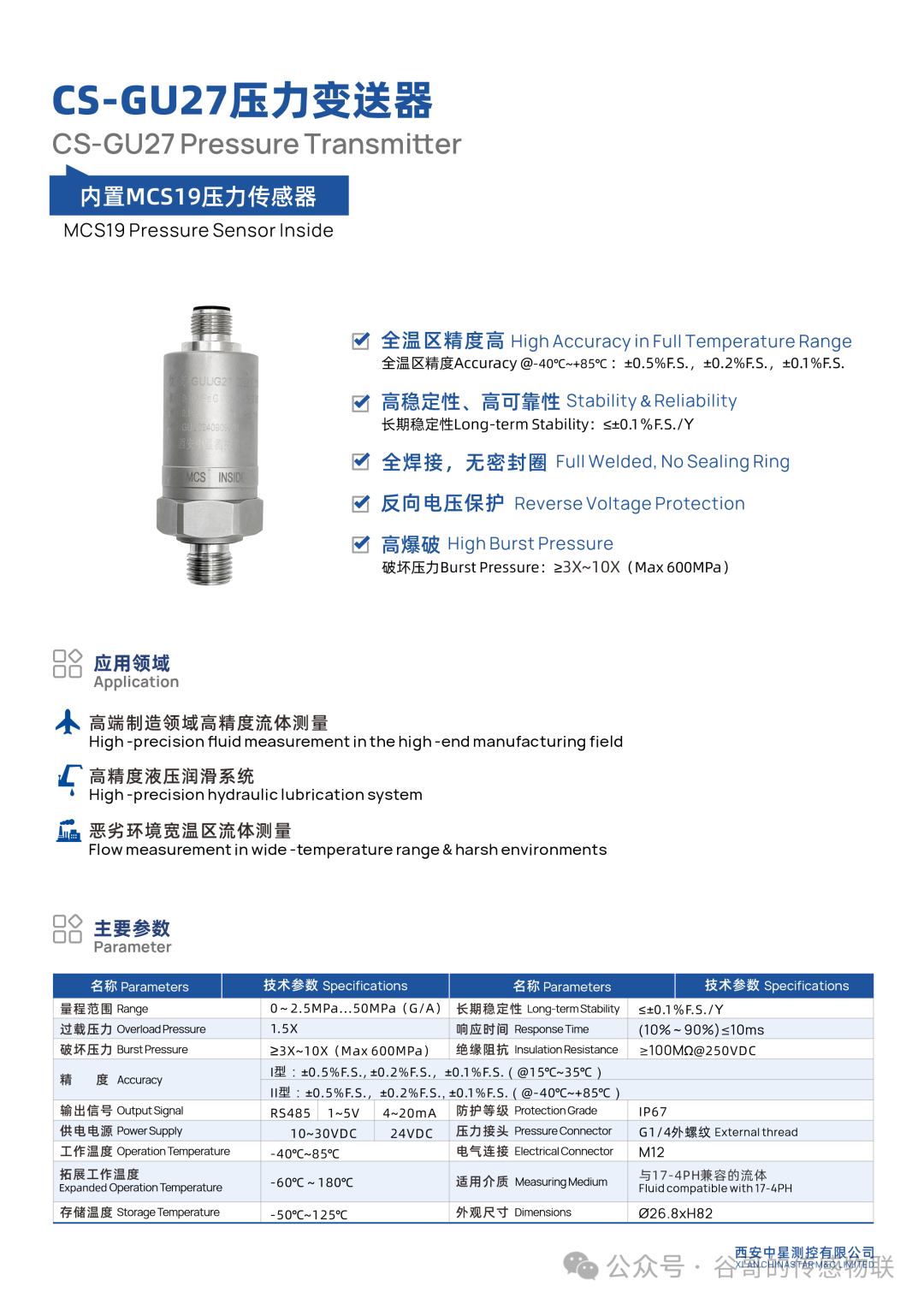
Writing this, Gu Ge himself also finds it a bit ridiculous. Is it really worth writing some words to argue about an article? Actually, it's not necessary. Maybe Mr. Yang of the **Expert Network will be unhappy. But on the other hand, he might also thank Gu. Because someone is paying attention, it may also prompt them to improve their work.
Haha! Could it be that the "serious talk" on the **Expert Network has become a "casual talk", while Gu's "casual talk" article has turned into a "serious talk"?

#2024.11.29.20:08 G90 Xi'an - Zhengzhou#
Last week, there were two consultation requests from netizens, which Gu thinks are also what those of us who are engaged in making pressure sensors should pay attention to and seriously consider.
One was a request from a friend in the north. He needs a pressure sensor with a pressure range of 1000 Mpa, which is equivalent to the water pressure at a depth of 100,000 meters under the sea. Although the demand is not large, it restricts the development of several aspects of our country, even including the military industry. German companies have such products. I wonder if any of you readers, after seeing this, can tell me which company in our country manufactures such sensors.
The MCS technology of our Xi'an Chinastar M&C Ltd. has the potential to break through this pressure range, and the accuracy will not be too bad either, but it requires starting from scratch for research and development.
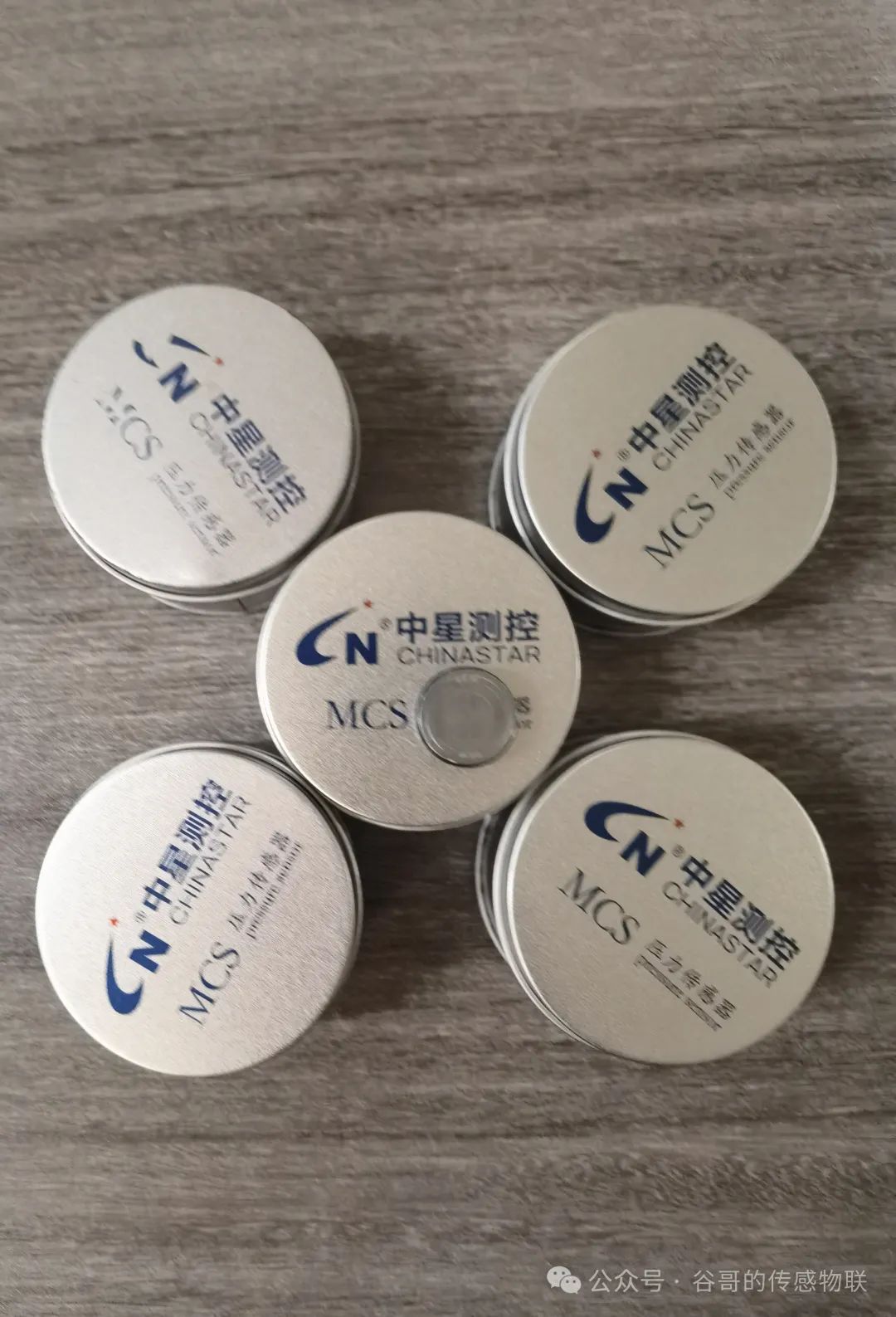
One friend in the north has a demand for a 1000 Mpa pressure range, and another friend in the south has a demand for a tiny pressure range of 100 Pa. Just a gentle blow can generate a pressure of dozens of kPa. This is not the first time Gu has encountered such a demand. It can even be said to be a demand that "chokes the neck of China's semiconductor equipment". Such pressure sensors are available in the United States, Europe, and Japan. I heard that our country also has production, but the service life is much shorter than that of imported ones, and there is also a big gap in accuracy.
Coincidentally, our Xi'an Chinastar M&C Ltd. is recently collaborating with a university to tackle key problems by using a newly developed special super-elastic material. We hope that in the future, we can produce such pressure sensors with a tiny measurement range (100 Pa, 300 Pa, 500 Pa), and contribute to the self-reliance and self-development of China's semiconductor equipment!
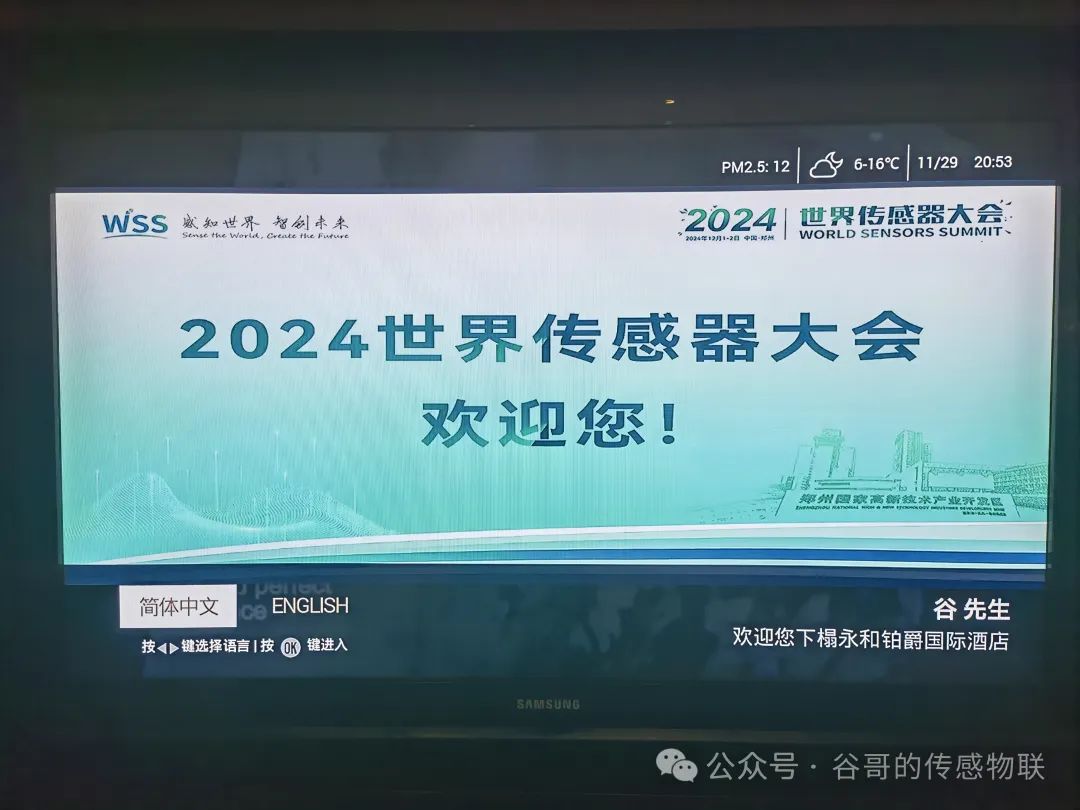
#2024.11.29.21:48 Zhengzhou Noble International Hotel#






